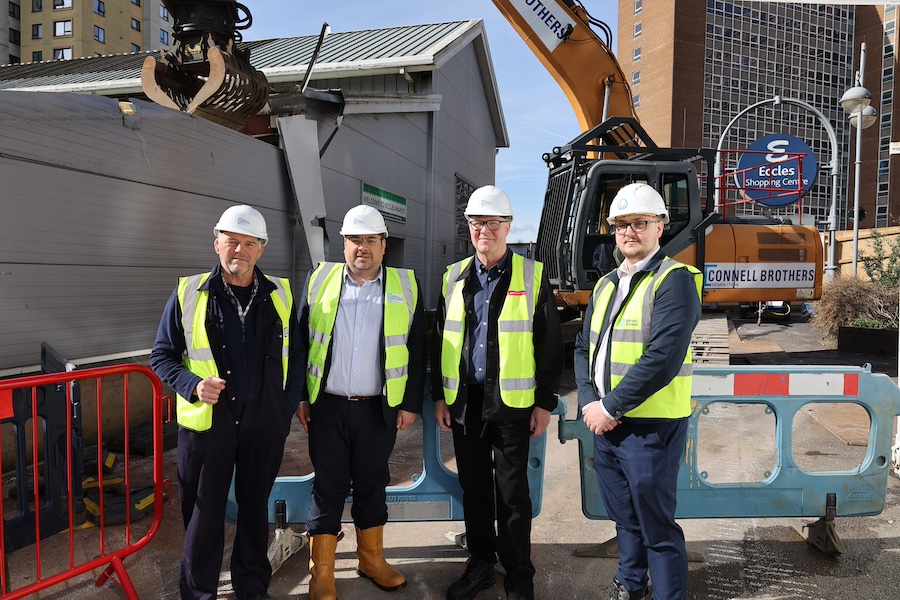Manchester’s cycling and walking routes receive £137 million boost
- Written by Ray King
- Last updated 6 years ago
- Community
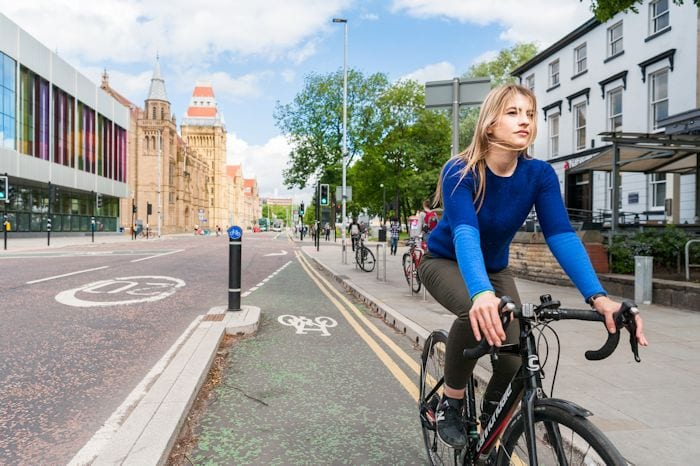
Greater Manchester’s network of cycling and walking routes has received a £137 million boost for 18 new schemes, making the total value of cycling and walking related projects across the city region a cool £204 million.
This represents the single biggest investment in cycling and walking ever announced in the city-region and means Greater Manchester is investing around £18 per head per year on cycling and walking – one of the highest levels in the UK.
If the 18 new projects are approved, they would take the number of endorsed schemes so far to 42 and will deliver 319 new and upgraded crossings and junctions as well as 70 miles of new cycling and walking routes. This includes 14 miles of Dutch-style cycle lanes that protected from motor traffic.
Schemes being proposed include plans for a £10.7 million cycling and walking corridor in Rochdale, a £11.6 million route between Manchester Piccadilly and Victoria stations, a spectacular 100 metre cycling and walking bridge linking Stockport railway station with the town’s proposed new transport interchange, plus a £14.6 million bid to revolutionise travel on foot and by bike in Leigh, Atherton and Tyldesley.
Active neighbourhoods, where the movement of people are prioritised over the movement of motor traffic, are also proposed in multi-million pound projects in Levenshulme and Ordsall.
The biggest slice of the new cash – £57 million – is earmarked for Stockport to deliver a landmark new walking and cycling bridge spanning over 100m metres, providing a major new walking and cycling route linking the railway station, the new bus interchange, and Mersey Square.
The project will also create a traffic-free public square, new crossings for people walking and cycling and secure cycle storage.
Four Manchester projects will total £17.2 from the Mayor of Greater Manchester’s Challenge Fund. They are:
The community-led creation of a “Mini Holland” – an active ‘filtered’ neighbourhood in Levenshulme, which aims to be the most cycling and walking-friendly area in Greater Manchester. The project is aimed at connecting community centres, GP surgeries and schools to create a better, safer environment for trips on foot or by bike.
Upgrading the Mancunian Way / Princess Road junction will cost £10.6m and involve removal of existing subways and the creation of protected cycle tracks pedestrian paths and a signalled crossing.
The Rochdale Canal corridor from the city centre at Great Ancoats Street to Newton Heath, linking existing and developing communities, will benefit from surface improvements and upgraded lighting to the canal towpath costing around £1.3m. and will be funded by the GM Mayor’s Challenge Fund.
A new £11.6 million cycling and walking route, creating a dedicated corridor between the two main Manchester railway stations – Manchester Piccadilly to Manchester Victoria – will be delivered with a host of public realm improvements for the city centre, including making Stevenson Square and Thomas Street more pedestrian and cycling-friendly.
“This is a hugely exciting time for Greater Manchester – we’re just at the start of a process that will see us eventually compete with some of the world’s best and most liveable cities like Vancouver, Copenhagen and New York City,” said Mayor Andy Burnham.
“Greater Manchester’s people, along with the 10 districts, have made it pretty clear that enabling more local journeys to happen without cars as part of a wider public transport offer is what is required to support the city-region on so many fronts – congestion, air quality, creating healthier and more connected communities.”
Greater Manchester’s Cycling and Walking Commissioner, Chris Boardman, added: “The 42 schemes that are now on the books are truly transformational. We’ll get a real bang for our buck here in terms of the positive knock-on benefits that will be made possible by this investment.
“Some of the projects, like the proposed active neighbourhood in Levenshulme, have been entirely community-led and driven; the idea for it started by its own residents. More trips on foot or by bike just happen to be a by-product of creating better places to live.”
- This article was last updated 6 years ago.
- It was first published on 22 March 2019 and is subject to be updated from time to time. Please refresh or return to see the latest version.
Did we miss something? Let us know: press@ilovemanchester.com
Want to be the first to receive all the latest news stories, what’s on and events from the heart of Manchester? Sign up here.
Manchester is a successful city, but many people suffer. I Love Manchester helps raise awareness and funds to help improve the lives and prospects of people across Greater Manchester – and we can’t do it without your help. So please support us with what you can so we can continue to spread the love. Thank you in advance!
An email you’ll love. Subscribe to our newsletter to get the latest news stories delivered direct to your inbox.
Got a story worth sharing?
What’s the story? We are all ears when it comes to positive news and inspiring stories. You can send story ideas to press@ilovemanchester.com
While we can’t guarantee to publish everything, we will always consider any enquiry or idea that promotes:
- Independent new openings
- Human interest
- Not-for-profit organisations
- Community Interest Companies (CiCs) and projects
- Charities and charitable initiatives
- Affordability and offers saving people over 20%
For anything else, don’t hesitate to get in touch with us about advertorials (from £350+VAT) and advertising opportunities: advertise@ilovemanchester.com
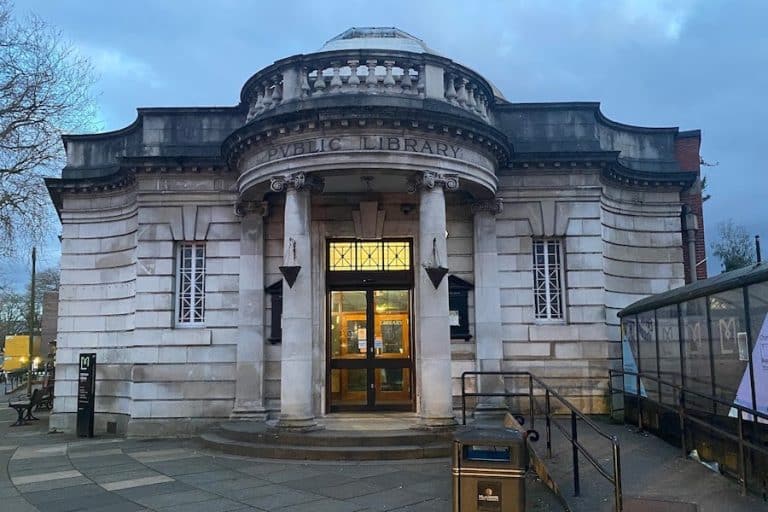
Chorlton Library gets a stunning renovation unveiling hidden treasures
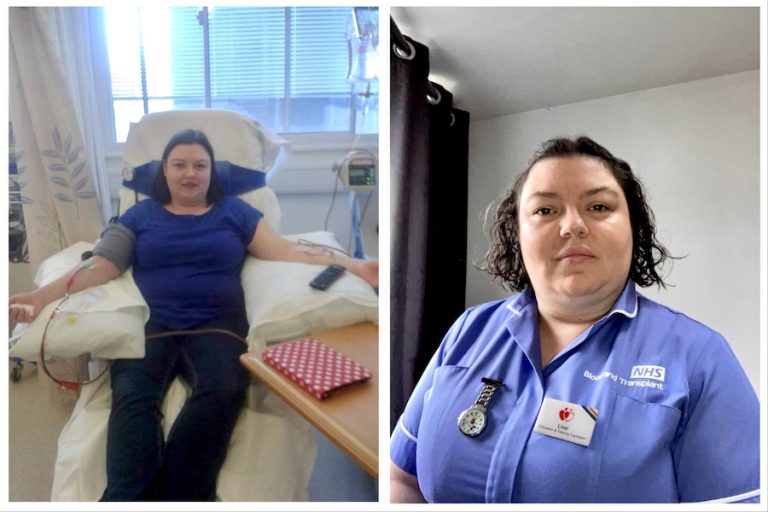
How one selfless act sparked a career dedicated to saving lives
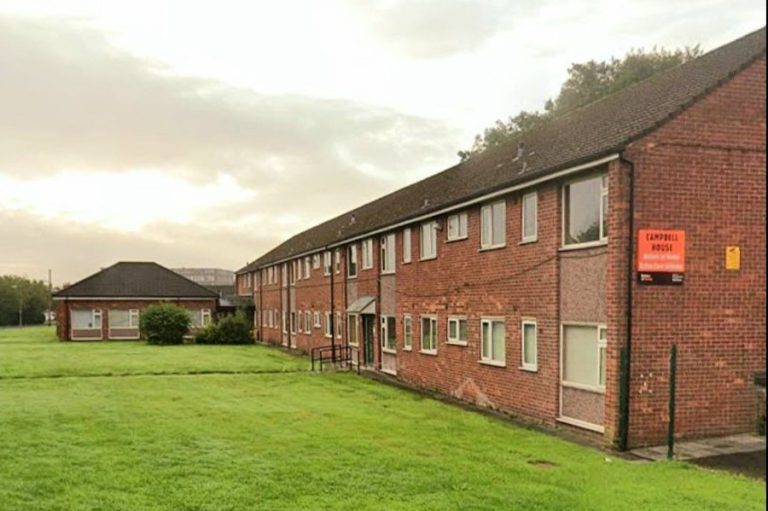
Former sheltered housing transformed into safe haven for vulnerable youth

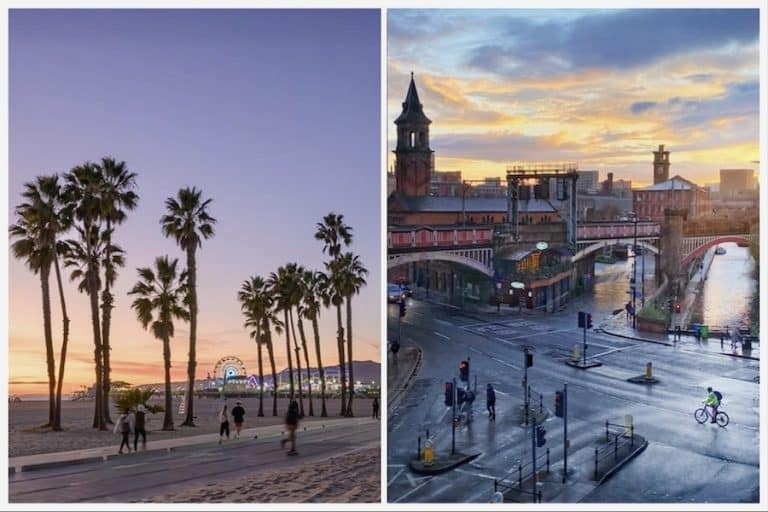
Manchester and Los Angeles prove that opposites really do attract








